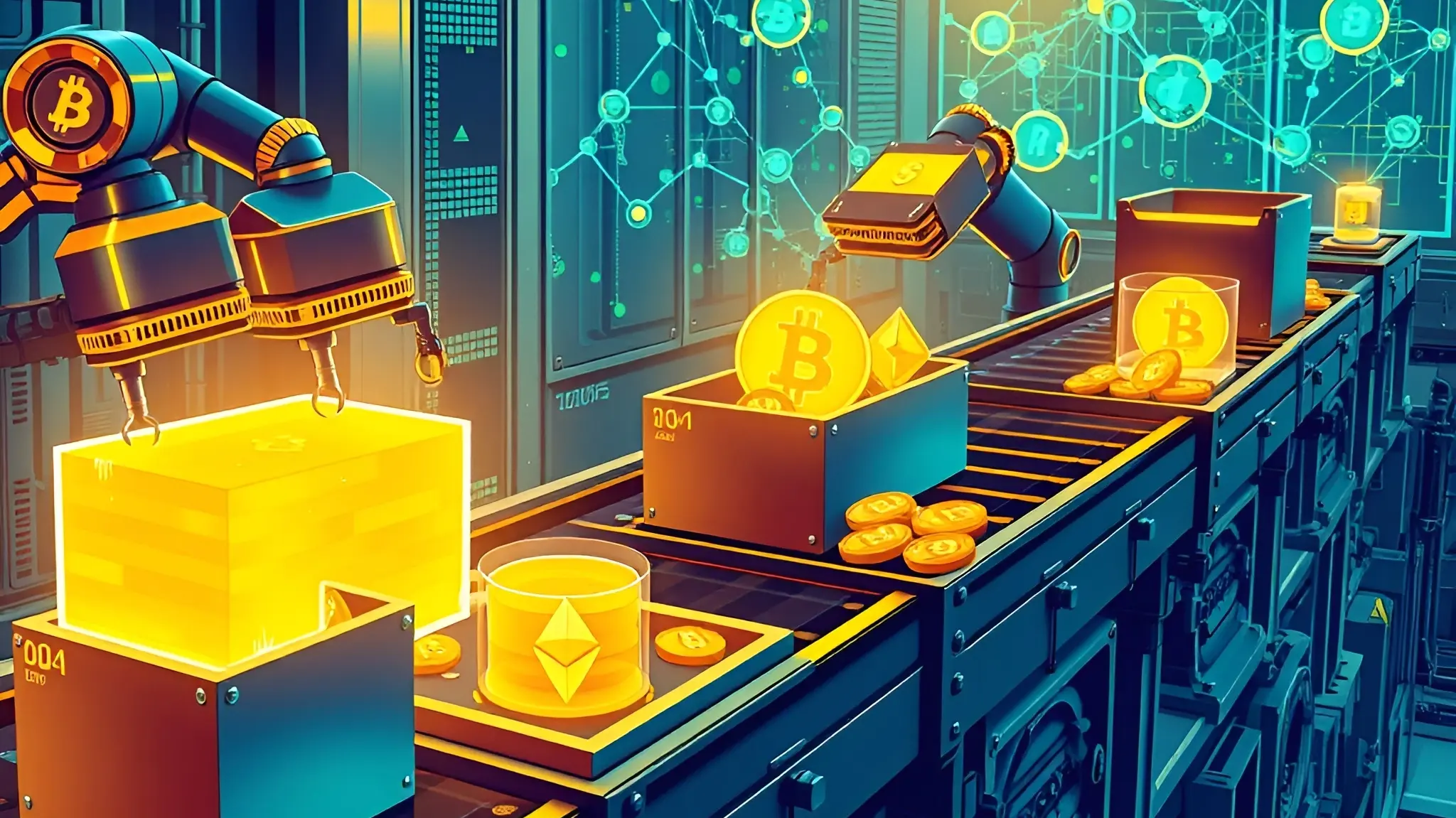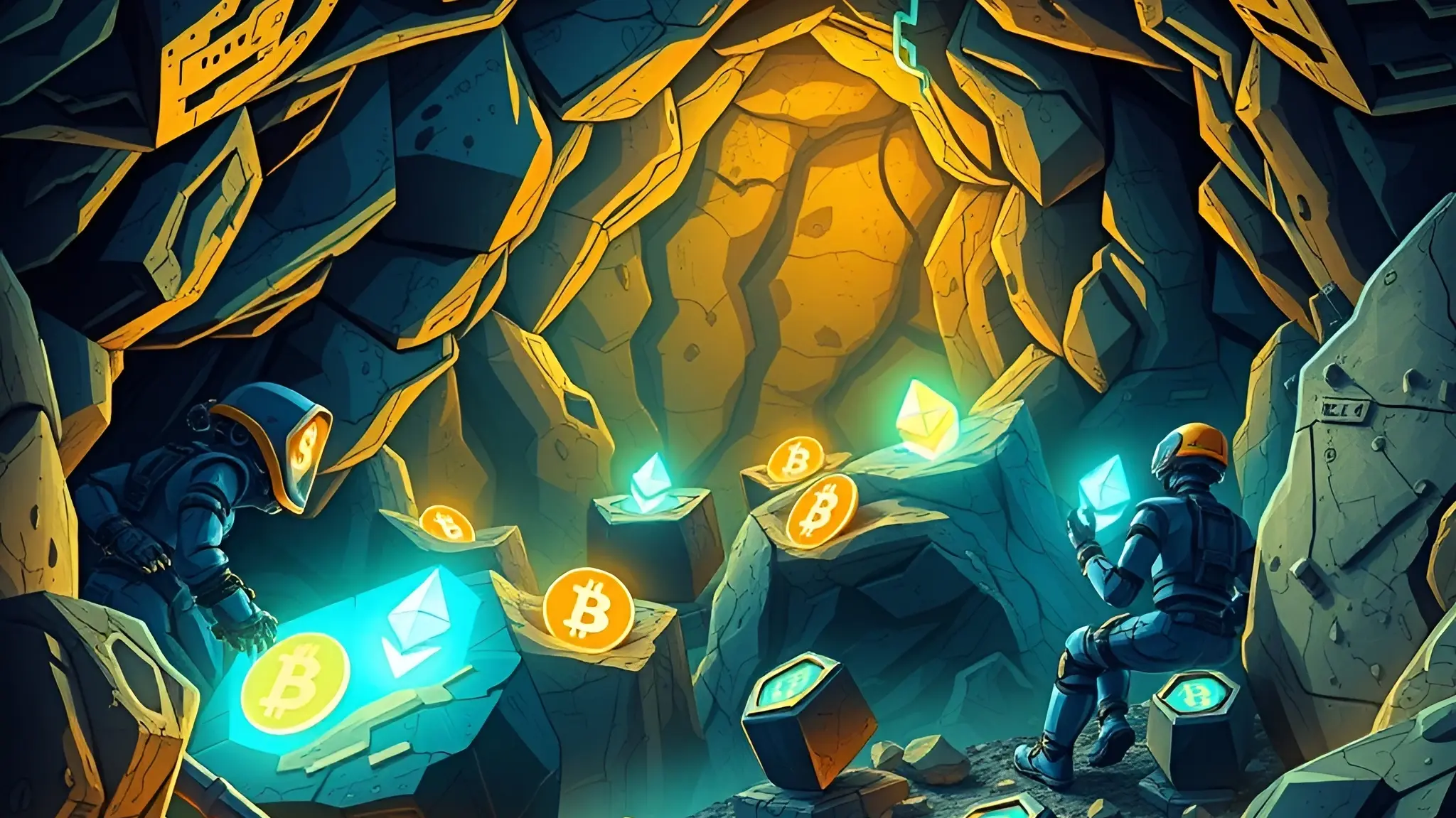What Is Mining in Cryptocurrency?
Cryptocurrency mining is a critical process that validates transactions and adds them to the blockchain, ensuring the integrity and security of the network.
Miners solve complex mathematical problems to achieve consensus and create new coins, incentivizing their participation.
This decentralized method minimizes the control of single entities, fostering a transparent ecosystem.
Techniques such as Proof of Work (PoW) and Proof of Stake (PoS) highlight the varying approaches to mining, each with distinct implications for efficiency and environmental impact.
In this article, we take a closer look at why mining is essential, as future trends promise significant shifts in practices and technologies within this dynamic field.
Key Takeaways:
ShowDefinition of Cryptocurrency Mining
Cryptocurrency mining is the process of validating transactions and adding new blocks to a blockchain.
Miners solve complex mathematical problems to reach consensus across the network and receive newly created coins as a reward.
This decentralized mechanism helps prevent the undue influence of single entities, safeguarding both network integrity and security.
However, the substantial energy consumption and specialized hardware required pose challenges related to environmental impact and operational costs.
Understanding Cryptocurrency Mining

Despite the widespread focus on trading and investment, mining is the bedrock of many cryptocurrencies.
It ensures transactions are verified and recorded in a public ledger without a central authority.
By solving cryptographic puzzles, miners maintain the security of the blockchain and keep it resistant to tampering or manipulation.
Although this process offers substantial rewards, it demands powerful hardware and incurs significant electricity usage, prompting ongoing debates around sustainability and resource efficiency.
The Mining Process Explained
The following table outlines how mining turns theoretical security concepts into practical, real-world applications:
| Step | Description | Outcome |
|---|---|---|
| Problem Solving | Miners use computational power to solve cryptographic puzzles | Validates transactions |
| Verification | Transactions are then confirmed by the wider network | Block is added to blockchain |
| Reward | Successful miners earn newly minted cryptocurrency | Incentive to keep mining |
Through these steps, mining not only secures the blockchain but also mints new coins, making it a cornerstone of many crypto ecosystems.
Types of Mining Techniques
Each technique involves distinct trade-offs in terms of cost, security, and resource consumption.
Several methods exist to accommodate different resource needs and environmental considerations:
1. Proof of Work (PoW)
Relies on computational power to solve puzzles. PoW is secure but often criticized for its high energy use.
2. Proof of Stake (PoS)
Validators “stake” or lock up their coins to help validate transactions, reducing the need for energy-intensive hardware.
3. Hybrid Models
Combine elements of both PoW and PoS, aiming to balance security and energy efficiency.
4. Cloud Mining
Users rent mining power from remote data centers, avoiding equipment and maintenance costs.
Mobile Mining
Though less common, some platforms allow mining via smartphones, albeit with limited capabilities.
Importance of Mining in Blockchain
There are roles which make mining integral to user confidence and the broader cryptocurrency ecosystem. Mining underpins the integrity and reliability of blockchain networks by:
- Verifying Transactions
Only legitimate transactions make it onto the blockchain, reducing fraud risks. - Bolstering Network Security
Significant computational resources are required to alter past blocks, deterring malicious attacks like double-spending. - Achieving Consensus
Mining establishes agreement among network participants without a central authority, embodying the spirit of decentralization.
Future Trends in Cryptocurrency Mining
There are a development signals of transformative era for mining, blending sustainability, innovation, and adaptation in pursuit of a more responsible future. Key emerging trends include:
- Renewable Energy Adoption
Driven by environmental concerns, more miners are migrating toward sustainable power sources. - Shift to Proof of Stake
Cryptocurrencies are increasingly exploring PoS and hybrid models to reduce energy demands. - AI and Machine Learning
Advanced algorithms are being used to optimize mining efficiency and hardware performance.
Wrapping Up
Crypto mining has revolutionized the way we think about decentralized systems, but its high energy demands and reliance on powerful hardware raise serious environmental concerns.
To address these challenges, the industry is exploring solutions like renewable energy sources and proof-of-stake (PoS) models.
These days miners tasked with finding a balance between profitability, security, and sustainability mining in crypto, making it essential to adapt as the technology and its implications continue to evolve.
Frequently Asked Questions (FAQs)
How Do Miners Earn Cryptocurrency Rewards?
Miners earn cryptocurrency rewards by validating transactions and adding them to the blockchain. This process involves solving complex mathematical problems, with successful miners receiving newly minted coins and transaction fees as compensation for their computational efforts.
What Hardware Is Best for Cryptocurrency Mining?
The ideal hardware for cryptocurrency mining includes high-performance ASIC miners for Bitcoin, and powerful GPUs for altcoins. Consider energy efficiency, cooling capabilities, and long-term availability to guarantee sustainable and profitable mining operations.
Is Cryptocurrency Mining Environmentally Friendly?
Cryptocurrency mining raises significant environmental concerns due to its high energy consumption and carbon footprint. Sustainable practices and alternative consensus mechanisms are essential for mitigating negative ecological impacts while supporting the industry’s growth and technological advancement.
Can Anyone Participate in Mining?
Indeed, anyone can participate in mining, provided they possess the requisite hardware and technical acumen. However, the competitive nature of mining necessitates significant investment, and potential environmental implications merit careful consideration before engagement.
What Are Mining Pools and How Do They Work?
Mining pools are collaborative groups where participants combine computational resources to increase the likelihood of successfully mining blocks. By pooling efforts, they share rewards proportionally, enhancing efficiency and mitigating the risks associated with solo mining endeavors.

